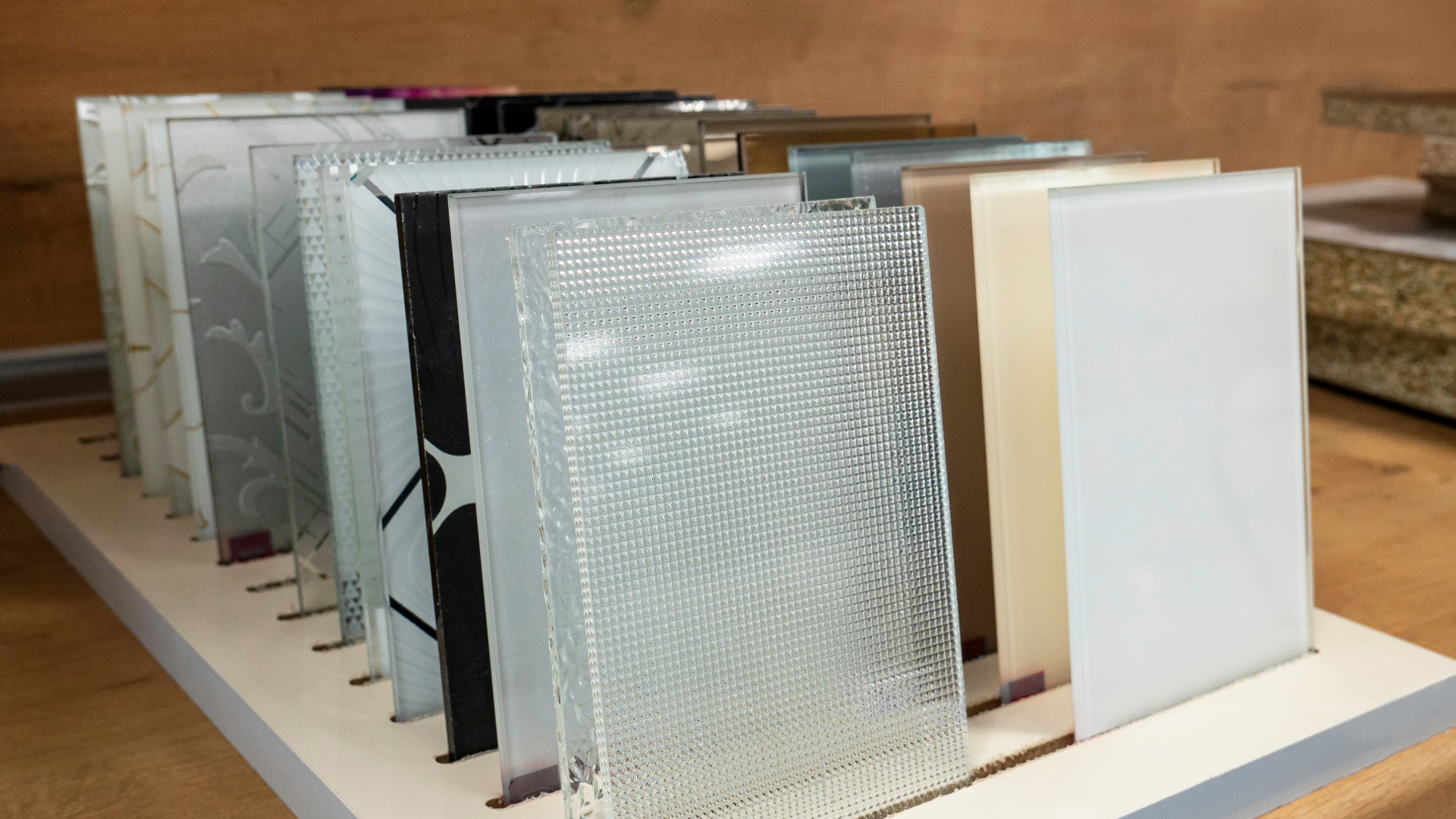Facts and Innovative Uses of Acrylic Plastic

Discovering Acrylic:
Acrylic plastic, also known as polymethyl methacrylate (PMMA) or thermoplastic PMMA, is a remarkably versatile material integral to countless industries. Chemically speaking, acrylic plastic is a transparent thermoplastic often used as a lightweight alternative to glass. The development of acrylic marked a revolution in plastics, as it enabled the creation of crystal clear structures that were as transparent as glass but with many advantages over the fragile material.
First created in the early 20th century, acrylic plastic rapidly became a popular material across industrial design, architecture, manufacturing, and beyond. Its optical clarity made it ideal for applications where transparency and strength were desired.
As acrylic plastic improved over the decades thanks to advanced polymer chemistry, it found new applications in bullet-resistant barriers, high-end furniture, airplane canopies, and more. Today, acrylic remains a fundamental material for products worldwide. Its unique combination of strength, transparency, weather resistance, and workability lend it to a broad range of uses across many fields.

The Evolution of Acrylic Plastic
The history of acrylic plastic, dating back to the early 20th century, showcases its evolution from military applications to a staple in modern manufacturing. The material gained widespread popularity and usage during World War II, when acrylic became a key material for aircraft canopies. The optical clarity, lightweight nature, and impact resistance of acrylic made it an ideal choice for military aviation applications.
Chemists fine-tuned acrylic formulas throughout the 1930s and 1940s to enhance these beneficial properties. By war's end, acrylic had proven its versatility for aircraft enclosures, and manufacturers recognized its potential for an array of commercial, industrial and consumer products in the postwar era. The military aircraft applications represented the springboard that helped acrylic strongly establish itself in the plastics market.
Acrylic Plastic Brands:
Acrylic plastic, marketed under various trade names like Plexiglas, Lucite, and Acrylite, reflects its diverse applications. Companies that produce acrylic plastics market their proprietary formulations under specific brand names. Some of the major trade names for acrylic include:
- Plexiglas - Manufactured by Arkema, this is one of the most widely recognized trade names for acrylic sheets and resins.
- Lucite - A trade name for acrylic resin produced by Mitsubishi Chemical. Lucite acrylic is known for its clarity and resistance to weathering.
- Acrylite - Cyro Industries uses this trade name for their PMMA plastic sheet products. Acrylite sheets come in a range of finishes and colors.
- Perpex - A trade name used by various companies around the world including Asia, Australia, and Europe. Perpex acrylic has a reputation for flexibility and easy fabrication.
- Perspex - The Perspex brand name is used mainly in Europe and belongs to Lucite International, a part of Mitsubishi Chemical. Perspex refers to both extruded and cast acrylic sheet.
- Altuglas- Manufactured by Arkema, Altuglas is a common trade name for acrylic in Europe and Asia. The material is valued for its versatility.
- Plaskolite - Plaskolite optically clear acrylic sheets are sold under this trade name by Plaskolite Inc., an Ohio-based company.
- Acrylite FF - A trade name for acrylic from Cyro used in furniture and lighting applications that require high flame resistance.
- Crylux- This trade name from Afton Plastics refers to their specialty acrylic sheet products designed for the sign and display markets.
With so many companies manufacturing acrylic plastic, it's no wonder the material is marketed under a wide variety of unique trade names. The brand name often tells end-users something about the qualities and best uses for that particular acrylic formulation.

Bullet-Resistant Acrylic
The impact resistance of acrylic plastic is exemplified in its use as bullet-resistant glass in banks and armored vehicles. The strong yet transparent acrylic material provides protection without obstructing visibility, making it an ideal choice for bullet-resistant glass in settings like bank teller windows, armored trucks, and security booths.
The acrylic sheets used in these applications are often laminated with layers of polycarbonate or glass for increased strength. The resulting bullet-resistant acrylic composite is capable of withstanding the high-velocity impacts of different ammunition types, from small caliber handgun rounds to high-powered rifle bullets. Testing has shown acrylic-based bullet-resistant glass to be remarkably effective at stopping bullets while also maintaining optical clarity for visibility.
For bank tellers, guards, and armored vehicle crews facing potential armed threats, acrylic bullet-resistant glass provides crucial protection. The peace of mind and security provided by acrylic allows these personnel to conduct business safely in high-risk settings on a daily basis. Acrylic's versatility as transparent armor continues to make it a go-to material for bullet-resistant glass and other protective solutions in the security domain.
Acrylic's Glamorous Side
In Hollywood's mid-century modern design era, acrylic plastic became a symbol of glamour, often seen in celebrity homes and movie sets. The sleek, futuristic aesthetic of acrylic aligned with Hollywood's vision of the future, making it a popular choice for furniture, household goods, and decorative pieces.
Designers chose acrylic for its ability to bend light and create prismatic optical effects. Pieces made from acrylic possessed a magical luminosity and sheen that complemented the Hollywood Regency style. Acrylic objects ranged from jewelry and decorative vessels to tables, chairs, and clocks. These acrylic furnishings and objects embodied the forward-thinking spirit of mid-century style and became prized collector's items.
Acrylic signified wealth, status, and an affinity for space-age aesthetics in the Hollywood elite. It was frequently spotted in the homes of celebrities and featured in films and television of the era. The space-age material encapsulated the movie capital's focus on the future and cemented its status as a symbol of mid-century glamor. Even today, acrylic pieces from the height of the Hollywood Regency era remain icons of mid-century style and reminders of the Golden Age of Hollywood.
The Strength of Acrylic
The military leverages acrylic's transparent armor qualities for vehicle windows, combining impact resistance with clear visibility. The military uses acrylic composites to create bulletproof and blast-resistant windows and enclosures for vehicles and personnel carriers.
Unlike traditional opaque armor plating, transparent acrylic laminates allow for full visibility, enabling troops and vehicle operators to monitor their surroundings without restriction. At the same time, the acrylic material provides crucial ballistic protection from battlefield projectiles and explosives.
By layering sheets of acrylic plastic with other materials like polycarbonate, the military can achieve different levels of ballistic protection based on the threat. For example, a military Humvee may have acrylic transparent armor that can stop pistol rounds and shrapnel from explosions, while an armored troop transport could have acrylic laminates capable of defeating high-powered rifle rounds.
The ballistic performance combined with excellent optical clarity has made acrylic laminates a popular choice for upgrading transparent armor capabilities on many vehicles, ships, aircraft and structures used by the military. Acrylic provides troops with an important safety solution - allowing them to carry out missions without sacrificing situational awareness.
Acrylic in Fashion
In the high-fashion industry, designers value acrylic for its sleek look and versatility, utilizing it in everything from jewelry to avant-garde apparel. Designers have tapped into acrylic's potential and used it to create one-of-a-kind accessories, jewelry pieces, and apparel.
The smooth, transparent nature of acrylic allows it to be molded into chic jewelry designs that catch the eye. Necklaces, bracelets, rings, and other statement pieces made with tinted acrylic or acrylic composites have become staples on fashion show runways. Acrylic jewelry offers designers seemingly endless creative possibilities.
Fashion houses have also incorporated acrylic into unique, avant-garde apparel. From acrylic accents on dresses and jackets to experimental acrylic clothing designs, brands have found ways to use this material to make showstopping fashion pieces. The ability to thermoform acrylic into 3D shapes makes it an intriguing material for bold, sculptural garments.
Beyond experimental runway designs, everyday acrylic fashion pieces have become popular, including acrylic handbags, hair accessories, sunglasses frames, and more. The material's glossy look and customizability have made it a go-to for mainstream fashion brands wanting to add a bit of flair.
Acrylic's migration into fashion demonstrates the material's aesthetic qualities and capacity to become beautiful, wearable art. In the hands of inspired designers, acrylic can transform into breathtaking accessories and garments. It has proven to be a new frontier in materials for fashion innovation.
Acrylic in Astronomy
Acrylic's role in astronomy is pivotal, especially in observatory construction, where its UV resistance and optical clarity are essential. The optical clarity and UV filtering capabilities of acrylic make it an ideal material for observation domes and windows.
Acrylic's high light transmittance allows more light to pass through compared to other transparent materials. This optical clarity is crucial for astronomers to capture crisp and vibrant celestial images. The uniform light transmission also reduces internal reflections and ghosting effects.
Unlike glass, acrylic does not degrade under prolonged UV exposure. This makes acrylic well-suited for observatory domes and external windows which are constantly exposed to sunlight. The UV-resistant properties of acrylic prevent yellowing over time, maintaining optimal light transmission.
Acrylic can also withstand a wide range of temperatures and environments, from frigid mountaintops to hot deserts. It does not become brittle in cold temperatures like other plastics. The impact resistance of acrylic also makes it resilient against hailstorms.
Observatories around the world employ acrylic in their cutting-edge telescope enclosures. The material allows them to maximize light capture and observe the cosmos in exquisite detail. From amateur backyard observatories to sophisticated research institutions like NASA, acrylic plays a pivotal role in advancing astronomy.
Acrylic's Role in Public Health
During the COVID-19 pandemic, acrylic plastic became crucial for public health, used in face shields and protective barriers. With the rapid spread of the virus, the world urgently needed safety solutions that could be quickly produced and distributed. The versatility, transparency, cost-effectiveness, and ease of fabrication of acrylic made it an ideal material for creating essential protective equipment during this global health crisis.
Acrylic sheets were quickly machined and assembled into face shields that helped protect frontline healthcare workers from exposure to respiratory droplets, one of the main transmission routes of COVID-19.
The optical clarity of acrylic allowed for good visibility while also providing a protective barrier between medical staff and patients. Beyond healthcare settings, acrylic barriers found widespread use in retail stores, banks, public transit, and other everyday locations as an additional safeguard to reduce viral spread.
The unique properties of acrylic allowed manufacturers around the world to scale up production of this critical safety equipment as the pandemic unfolded. Acrylic's ability to be thermoformed into curved designs using heat also enabled customized protective enclosures to be made for workstations and high-risk areas.
When the world desperately needed life-saving solutions, the versatility and fabrication potential of acrylic plastic meant it could rapidly meet the demand for transparent and effective protective barriers during a time of global crisis.

